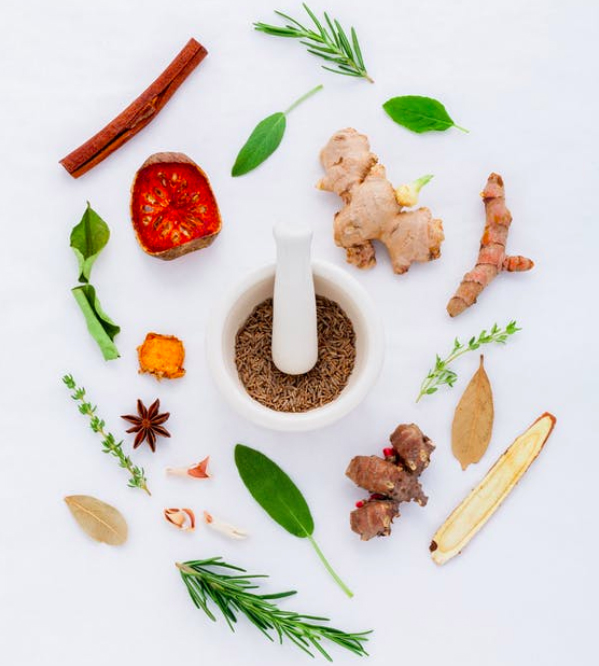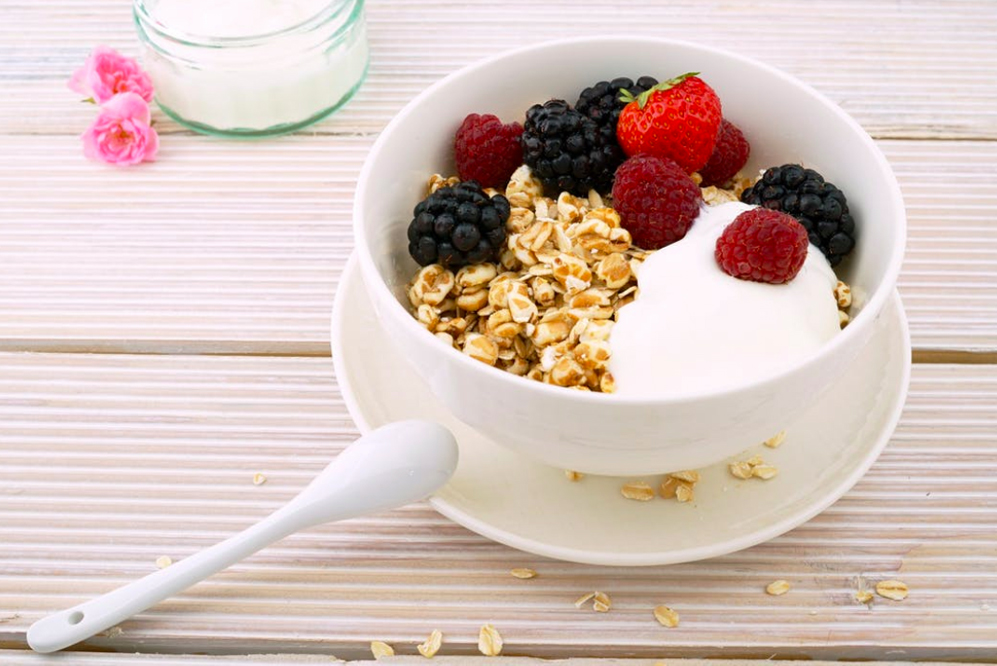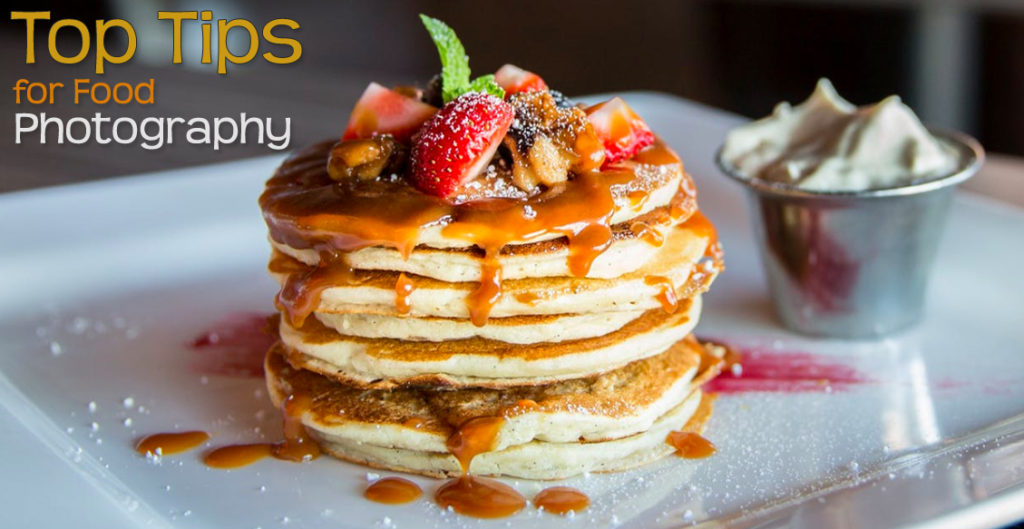Whether it’s looking at mouth-wateringly delicious food images on Instagram or flicking through a cookbook that’s filled with scrumptious dishes, there’s no denying that there is a certain knack to making photographs of food look as well presented and yummy as they do. In fact, sometimes, it would be nice if you could grab a knife and fork and dive right in.
Yet, taking photos of food isn’t as easy as a ‘point and shoot’ job. Nor are the dishes fresh from the oven or photographed in a truly natural state. Food photography is more of an art form, after all, if the purpose is to sell a dish it needs to look ready irresistible. With this in mind, below are some tips to help you up your photography game.
Use Natural Lighting
While in other forms of photography artificial lighting is a must, to capture food looking its best you need as must natural light as possible. Or if you do need to create your own light, use a diffused artificial light source from either the back or side of the image, as this will allow you to introduce depth to your image and show of the different textures in the food. However, if you do use back light and a dish is hot, steam may show up in the image – fine if that’s the look you’re after, but if not be aware.
Play with the Camera Angle
Just like when you are photographing other subjects, varying the camera angle will allow you to play around with the image you are taking. As we mentioned, food photography is certainly not easy, and there is no one camera formula that will work across the board. We would recommend that you play around with as many different angles as you can, as this not only allows you to see which looks best, but also gives you plenty of images to play around with when editing. For example, if you are shooting one dish you may want to do so overhead, while an image of a row of cakes may be best taken from an angle to show the depth in the image.
Time Constraints
Your role as a food photographer is to make a meal or ingredients look as good as possible, and this often means that the food you are capturing needs to be fresh. This means that there is only a small window where a photographer is able to snap the food at its best, which can, of course, be tricky when time is of the essence and the shot needs setting up before you begin to play with angles to get the shot. Testing the image with ‘dummy’ food before you bring out the fresh version will allow you to plan in advance and take your photo once the food has been freshly prepared and is looking at its freshest. If you are taking an image of fresh fruit and vegetables, then spritzing them with water can bring them back to life and give a ‘freshly picked’ look.

Use Simple Props
Props should be used sparingly to allow the focus to remain on the food, so only use props where necessary. Any that you do use should be relatively plain in style and allow the food to take centre stage.It’s also worth considering what message any additions you add to your image will convey, as these are likely to subtly influence the mood created and how the viewer feels when they see the photograph. Some of the most successful props to use in an image are raw ingredients, as these not only add a freshness, but also a ‘from produce to finished product’ perspective.
Be Delicate
Photographing food is not the time to rush, or get sloppy with your presentation skills. You are there to show the food at its most appealing, and undesirable presentation of the food is unlikely to leave bellies rumbling. Clean plates are a must, as should every other prop in your image. As you are likely to be shooting an image relatively close-up, flaws can easily be shown, so take the time to ensure that everything surrounding the food is pristine. To help with presentation place food on a plate with tweezers – unless its soup or unable to handle to intricately of course! – or another delicate instrument, as this will allow you greater control over how the food is displayed on the plate.

Embrace the Unexpected
While delicacy is, of course, a must, you want to create a ‘looks too good to eat’ image, you also want to ensure that it isn’t too picture perfect that it looks unattainable. If crumbs fall when you are cutting the food in preparation for the photo or something falls off unexpectedly go with it and see how it looks; it’s likely to give a homemade feel – especially if it’s for a recipe book, as it will make it look all the more achievable. These tips are aimed at helping those who have ambitions to up their food photography, but even if you’re just taking a snap for Instagram the advice above can still help to take your photos from zero likes to many more!
